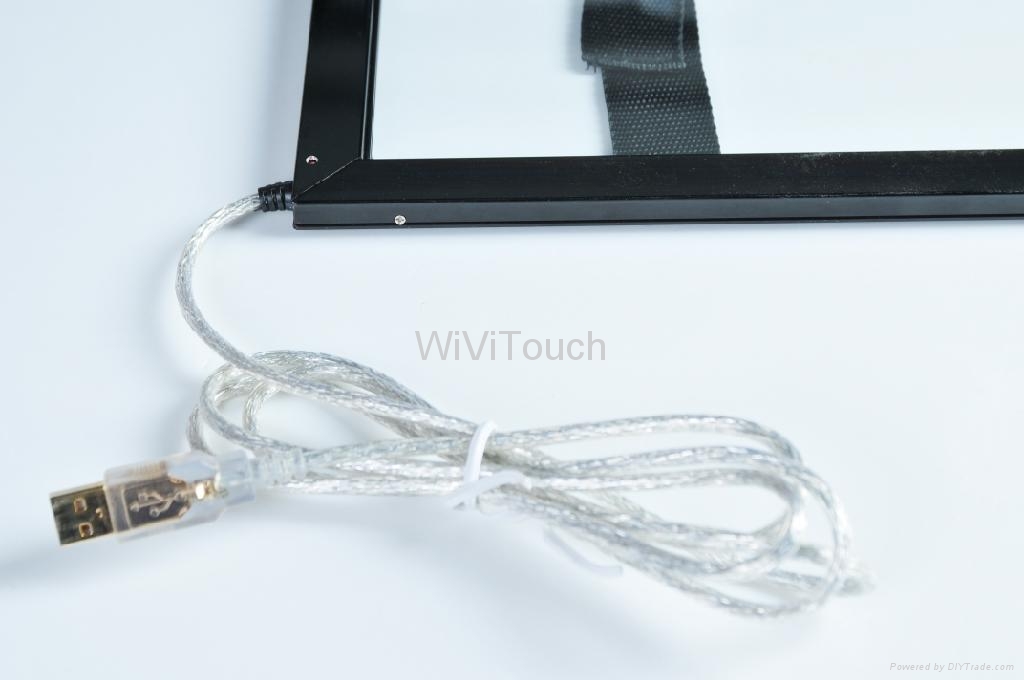

Resistive touch screens rely on the mechanical pressure made by a finger or stylus, whereas capacitive touch screens rely on the electrical impulses of the human body which cause a change in the electrical field of the screen. To the average eye, both resistive and capacitive touch screens perform the same function, however there are some notable differences between the two technologies.Ĭapacitive touch screen technology is unrivalled, with numerous benefits including heightened touch sensitivity, a brighter and sharper display and multi-touch support whilst fine cracks and scratches do not hinder the overall performance. What is the difference between Capacitive touch screens and Resisitve touch screens? Resistive technology has been somewhat overtaken by capacitive technology when it comes to touchscreen monitors and devices. The difference between Capacitive and Resistive touch screen We now offer our own Hover Touch technology as well as Zytronic who held their webinar earlier on in the year click here to find out more We represent various projective capacitive touchscreen suppliers including Zytronic, DMC and our own bespoke range of Infinite Touch. We can produce Capacitive touchscreens from as small as 1.77” diagonal to 86” This PCAP touchscreen technology is generally now used as the preferred method of user interface for modern tablets and smart phones because the touch sensor is on the rear it allows for a true flat edge to edge cover glass given this up to date feel for the touchscreen. 55 UHD P-cap Built-in Touch Display Key Features expand Brightness (Typ.): 500 cd/m² Touch Type: P-Cap (Ag Metal Mesh) Touch Point: Max. We can offer the touchscreens also optically bonded as a unit with a protective glass and / or a TFT display.
#MULTITOUCH TOUCHSCREENS FULL#
In addition to the ability to create native multi-platform HMI designs, FT Optix also allows for HTML5 browser-compatible interfaces for full compatibility with any device. However, the number of touch points may vary depending on the strength of the protective glass used. Object containers allow the automatic arrangement of elements in rows, columns, or arrays and also allow the use of multitouch gestures.

With special protective glasses, the touch screens are vandal-proof and can be used in public areas. Projective Capacitive touchscreen (P-CAP, Pro-Cap or PCAP touch screens) sensors function by maintaining a standing electrical charge across the sensor that extends through a contact surface, where changes in the electrical charge caused by the proximity of other capacitive bodies (such as touch stylus, fingers etc.) can be detected by a touch controller.ĭue to the glass surface, the PCAP touch screens are particularly scratch-resistant and can be cleaned with all cleaning agents - an important advantage in hygienically sensitive areas.


 0 kommentar(er)
0 kommentar(er)
